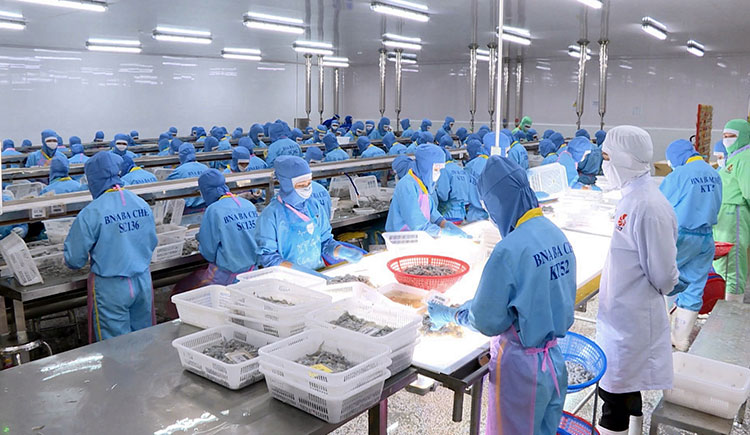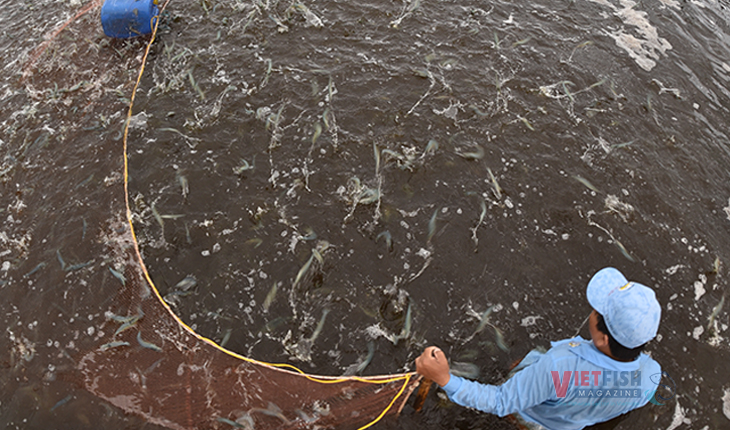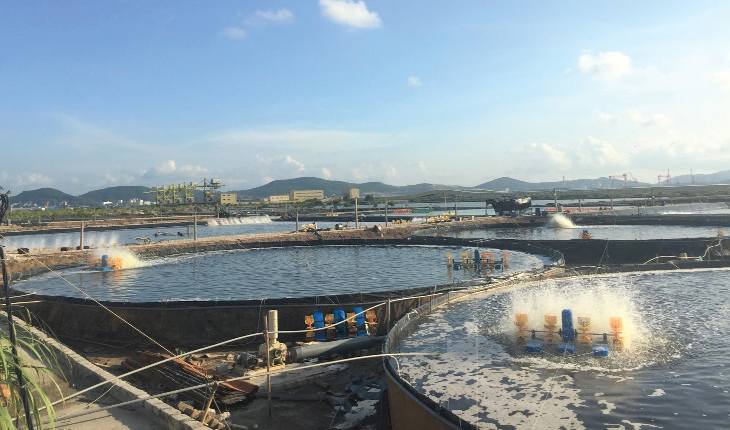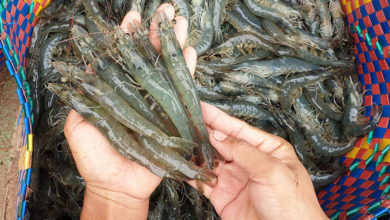Vietnam’s seafood exports exceed USD 4 billion in first five months of 2025
Vietnam’s seafood exports hit USD 4.07 billion in the first five months of 2025, up 14% year-on-year, according to the Vietnam Association of Seafood Exporters and Producers (VASEP). China, the U.S., and Japan remained the top three markets, accounting for 20%, 16%, and 15% of total exports, respectively.
In the first four months of the year, Vietnam’s seafood export turnover totaled USD 3.35 billion. April alone contributed USD 900.4 million, up 16% compared to the same month last year.

Shrimp remained the key export items, generating USD 1.3 billion in revenue, a 33.5% year-on-year rise, driven by strong demand recovery in Japan and China. Notably, lobster emerged as a standout growth driver, with export value skyrocketing by 295% to USD 335 million, an impressive leap that highlights Vietnam’s growing foothold in the premium seafood segment.
Pangasius exports maintained solid ground at USD 640 million, up 10.4% year-on-year. While overall growth was moderate, value-added pangasius products surged by 49%, underscoring the success of strategies focused on boosting product value and market competitiveness.
Meanwhile, bivalve mollusks such as clams, scallops, and mussels posted a remarkable breakthrough, with export value climbing to USD 84.8 million, an 85.5% increase, driven by rising demand from niche markets like the EU and Japan.
Vietnam’s seafood exports to CPTPP markets remain a critical driver, reaching USD 931 million in value, a robust 29% year-on-year increase. Japan led the bloc with imports totaling USD 531 million. Exports to China and Hong Kong surged by 57.4% to USD 716 million, fueled by strong demand during the Lunar New Year season.
The EU and South Korea maintained steady growth, with export values of USD 352 million and USD 262 million, respectively. Emerging markets such as Brazil, Egypt, India, and Thailand are also showing significant promise. Notably, pangasius exports to Brazil rose by 67%, while tuna shipments to Thailand soared by 214%.
Vietnam’s product mix is undergoing a strategic shift toward value-added offerings, including breaded pangasius, processed squid, and frozen octopus, aligning with premium consumption trends in key markets. This progress reflects ongoing investments in processing technology, production line upgrades, and enhanced traceability systems.
However, Vietnam’s second-largest seafood market, the United States (USD 539 million), is facing mounting challenges. According to VASEP, exports to the U.S. declined 9% in April, largely due to a newly imposed 10% tariff on processed seafood products. In addition, Vietnamese exporters are confronting potential countervailing duties of up to 46%, as well as anti-dumping and subsidy investigations. The industry must also comply with stringent traceability rules under the Seafood Import Monitoring Program (SIMP).
Of particular concern is the U.S. Marine Mammal Protection Act (MMPA), which could effectively ban imports of Vietnamese seafood starting in 2026 unless the country meets strict marine mammal protection standards mandated by U.S. authorities.
In Europe, the IUU yellow card remains a major obstacle, delaying certification processes and undermining the credibility of exporters. Meanwhile, China – a rapidly growing market, continues to intensify competition and tighten quality control measures.
Rising production costs, spanning raw materials, aquafeed, logistics, and container shipping, have significantly squeezed profit margins. In this context, only businesses that invest in technology, streamline operations, and boost productivity are likely to stay competitive.
To navigate market volatility, many exporters are pivoting toward high-potential markets such as ASEAN, the Middle East, and South Asia. By leveraging Free Trade Agreements (FTAs), they aim to diversify export destinations and reduce reliance on traditional markets like the U.S. and EU.
According to industry experts, FTAs serve as a key driver for export growth, market expansion, and tariff advantage. However, seafood exports will continue to face mounting challenges as importing countries tighten regulatory standards. This underscores the need for businesses to adopt a more agile market approach, enhance processing capabilities, and strengthen quality control systems.
VFM






